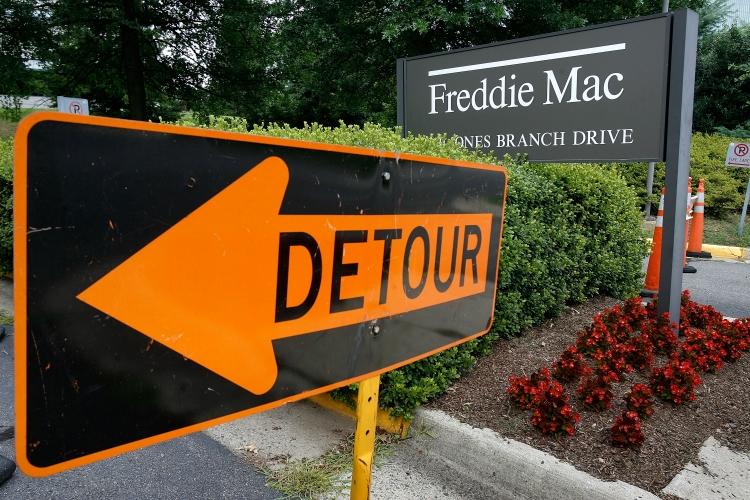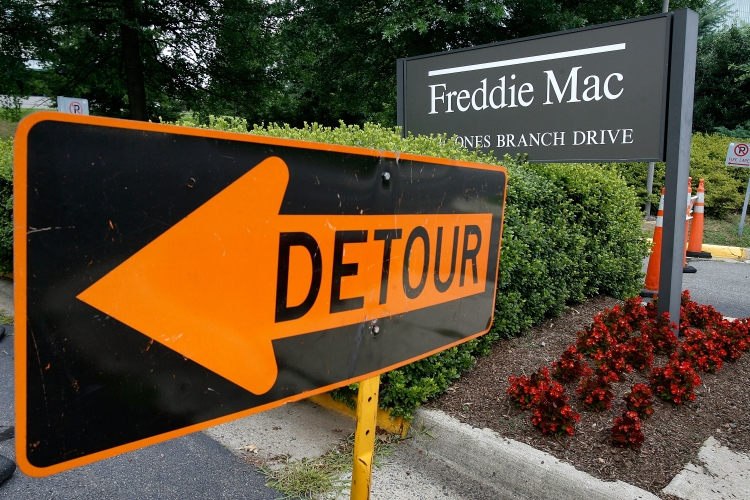Amidst a struggling economy and the fallout of an extenuating mortgage crisis,
IndyMac Bancorp., a Pasadena, Calif.-based regional mortgage bank, collapsed on Friday, stirring speculation that several other bank failures are set to follow.
A run on IndyMac last week prompted a last minute move by the U.S. Dept. of the Treasury to intervene and place it under the control of Federal Deposit Insurance Corporation (FDIC), effectively federalizing the bank.
IndyMac’s demise is the second-largest bank collapse in U.S. history.
The run, or a massive withdrawal of funds from customers, on IndyMac was partially spawned by a letter from Sen. Charles Schumer (D-N.Y.) to Federal Regulatory Banking Agencies expressing concerns about the FDIC’s ability to deal with a collapse of IndyMac should it occur.
Depositors, feeling a sense of distress, began withdrawing their funds on a massive scale causing IndyMac’s collapse. The FDIC insures all private accounts up to $100,000.
Insiders questioned the motives of Schumer’s letter written amidst the liquidity crisis at IndyMac, seeing it as an additional obstacle to the bank’s recovery.
Other Banks in Distress
While the FDIC’s bail out of IndyMac provides temporary relief for the industry, fears that a continuing trend amongst mortgage banks Fannie Mae, Freddie Mac, and investment bank Lehman Brothers have provided further anticipation of Monday’s opening bell.
In a move to quell fears of a collapse at Fannie Mae and Freddie Mac, the Federal Reserve issued a press release Sunday granting “the Federal Reserve Bank of New York the authority to lend to and Fannie Mae and Freddie Mac should such lending prove necessary.”
IndyMac Bancorp., a Pasadena, Calif.-based regional mortgage bank, collapsed on Friday, stirring speculation that several other bank failures are set to follow.
A run on IndyMac last week prompted a last minute move by the U.S. Dept. of the Treasury to intervene and place it under the control of Federal Deposit Insurance Corporation (FDIC), effectively federalizing the bank.
IndyMac’s demise is the second-largest bank collapse in U.S. history.
The run, or a massive withdrawal of funds from customers, on IndyMac was partially spawned by a letter from Sen. Charles Schumer (D-N.Y.) to Federal Regulatory Banking Agencies expressing concerns about the FDIC’s ability to deal with a collapse of IndyMac should it occur.
Depositors, feeling a sense of distress, began withdrawing their funds on a massive scale causing IndyMac’s collapse. The FDIC insures all private accounts up to $100,000.
Insiders questioned the motives of Schumer’s letter written amidst the liquidity crisis at IndyMac, seeing it as an additional obstacle to the bank’s recovery.
Other Banks in Distress
While the FDIC’s bail out of IndyMac provides temporary relief for the industry, fears that a continuing trend amongst mortgage banks Fannie Mae, Freddie Mac, and investment bank Lehman Brothers have provided further anticipation of Monday’s opening bell.
In a move to quell fears of a collapse at Fannie Mae and Freddie Mac, the Federal Reserve issued a press release Sunday granting “the Federal Reserve Bank of New York the authority to lend to and Fannie Mae and Freddie Mac should such lending prove necessary.”


